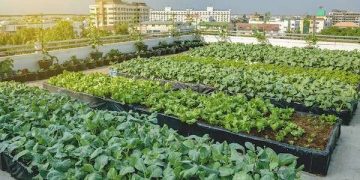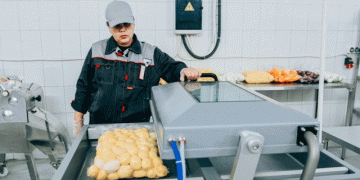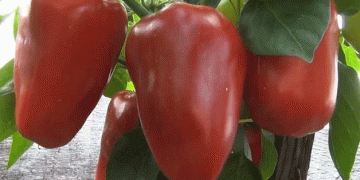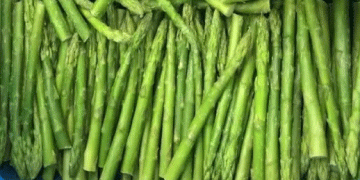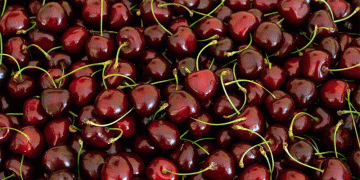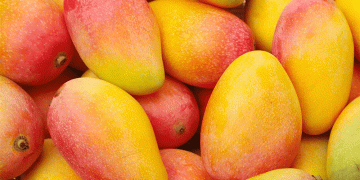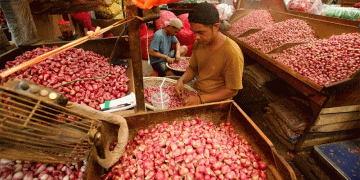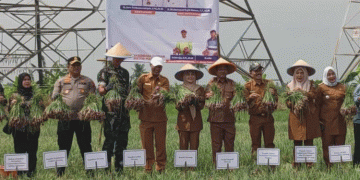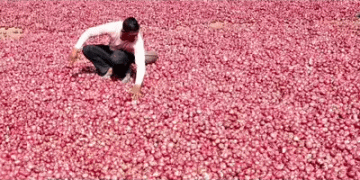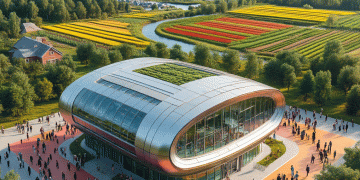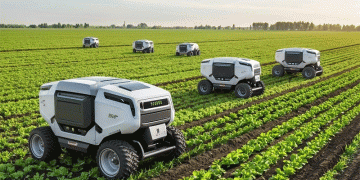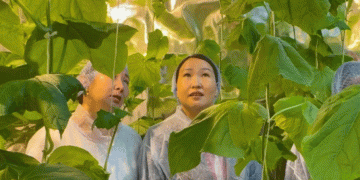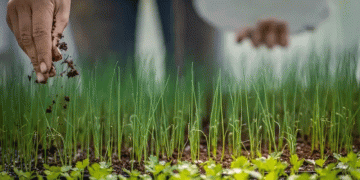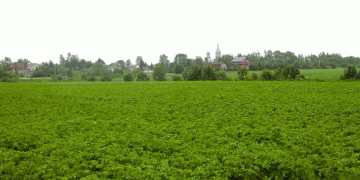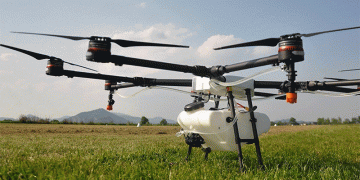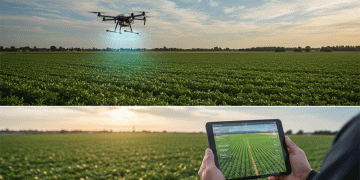British supermarkets are imposing limits on how many salad staples shoppers can buy as supply shortages leave shelves empty of some types of fruit and vegetables. The disappearance of fresh produce is said to be largely the result of adverse weather leading to a reduced harvest in southern Europe and North Africa.
Freezing temperatures caused tomato production in the southern Spanish region of Almeria to drop 22% during the first few weeks of February compared to the same period in 2022. Extra bureaucracy associated with Brexit and skyrocketing energy prices are also likely to have exacerbated the severity of the shortages.
This is not the first time the fragility of the U.K.’s fruit and vegetable supply has been exposed, nor will it be the last. The U.K. is highly reliant on imports of fresh produce—sourcing more than 40% of its vegetables and more than 80% of its fruit from abroad each year—so is already vulnerable to supply chain shocks. And climate change is increasing the frequency of extreme weather events.
But more than 80% of people in the U.K. now live in urban areas. Expanding fruit and vegetable production in cities—a practice called urban horticulture—could thus help to reduce the severity of supermarket supply shortages in the future. The scale of food production from conventional farming without doubt dwarfs production from balconies, gardens or allotments. Yet research suggests that urban horticulture can still increase the availability of fresh produce to city dwellers.
Growing food in cities
The U.K.’s secretary of state for environment, food and rural affairs, Therese Coffey, suggested in February that people should “cherish the specialisms that we have in this country,” notably singling out the turnip. But urban horticulture can provide a diverse range of seasonal fruit and vegetable crops.
Our research, which was published in 2020, found nearly 68 different crop species growing in allotments across the city of Leicester. The crops included strawberries, tomatoes, potatoes and lettuce. Some of these crops (tomato and lettuce) have been affected by the ongoing shortages.
Evidence also suggests that urban horticultural practices can be an effective way of feeding city dwellers. Our team at the University of Sheffield has demonstrated that if 10% of the land available for urban horticulture in the city of Sheffield was put into production, then it could feed 15% of the city’s population the five-a-day diet recommended by the World Health Organization.
Reluctant horticulturalists
“Growing your own” is something the U.K. has done well in the past, particularly in times of national need. The government’s “Dig for Victory” campaign during the second world war encouraged people to grow their own food. As a result, 18% of the U.K.’s wartime fruit and vegetable supply was grown by households.
Previous generations also used various techniques to preserve their produce for use in the winter months when fresh fruit and vegetables were scarce. However, the food preferences of British people have changed. Out-of-season products are now available at all times of the year, and people have become used to their ready supply.
There is plenty of land available in cities to increase food production. Allotments currently account for less than 2% of Sheffield’s available green space. But encouraging people to use this space to grow their own food remains a challenge.
Growing enough food on allotments and in gardens to feed an entire household is time-consuming. Research that we conducted in 2021 found that an allotment demands 87 annual visits and approximately 150 hours of your time. So at present, food grown traditionally in allotments feeds just 3% of the U.K.’s city dwellers.
Greater variety
There is, however, increasing potential to grow crops all year round in controlled environment systems that could be incorporated into the urban landscape using spaces such as flat roofs or disused buildings. These crops can be grown in a soil-free substrate with the required nutrients supplied in water using hydroponic or aquaponic systems.
One key advantage of growing food in these systems is the potential to grow crops year round with multiple harvests. This can greatly increase the annual yield. One study on urban vegetable production in the Canadian city of Montreal found that tomato yields in hydroponic systems are about seven times higher than the yield achieved by growing tomatoes seasonally on allotments.
It may even be possible to integrate polytunnel-based hydroponics into farms on the fringes of cities that have already established local supply chains. But, as with crops grown in controlled environments like polytunnels and greenhouses in rural farms, the challenge is how to make production economically viable and sustainable. The energy costs associated with maintaining optimal growing conditions for the plants in hydroponic systems are quite high, so variability in energy costs may be a significant factor.
Yet scientific, engineering and technological developments could support the expansion of these more productive systems. Methods that use waste urban heat and safely recycle urban waste water or collect rain water, use cheap renewable energy to power lighting, and grow substrates sustainably are all under development.
More research is required before these systems can be integrated into urban areas. But the need is clear—we must develop a more resilient supply of fruit and vegetable crops in the U.K. This will require a transformation in the U.K. in the way we grow our horticultural produce. Urban horticulture, both soil-based and soil-free, as well as a shift to more seasonal eating, could make an important contribution to improving the U.K.’s resilience to future fruit and vegetable supply shortages.
